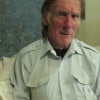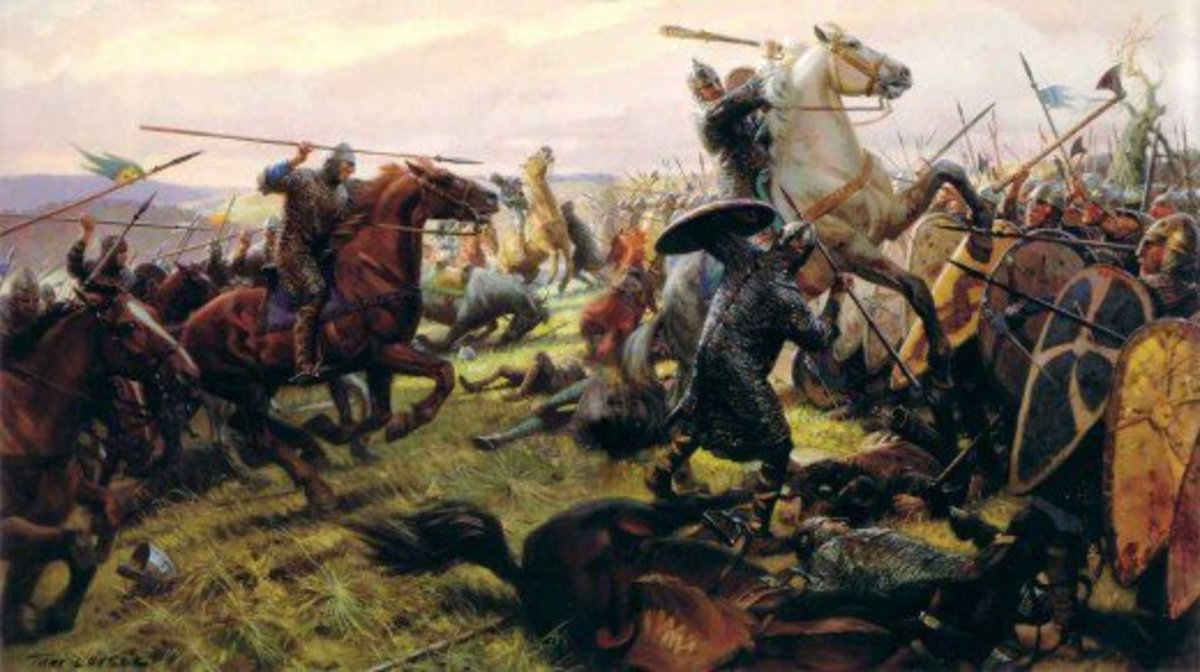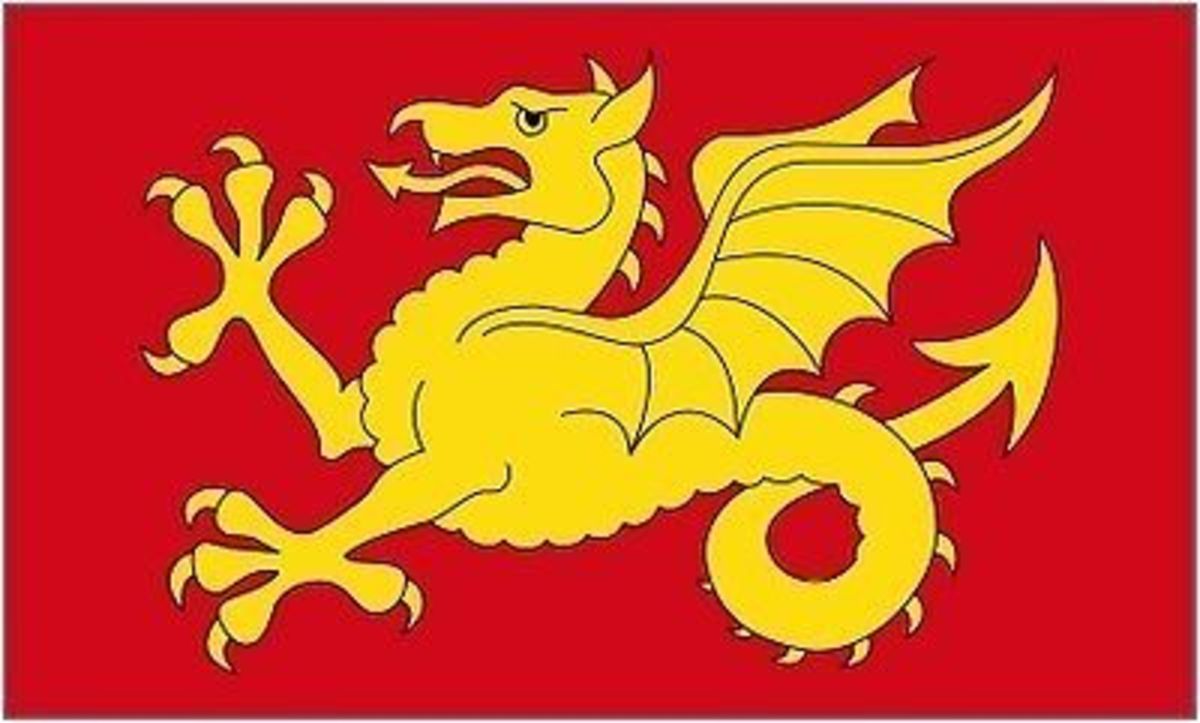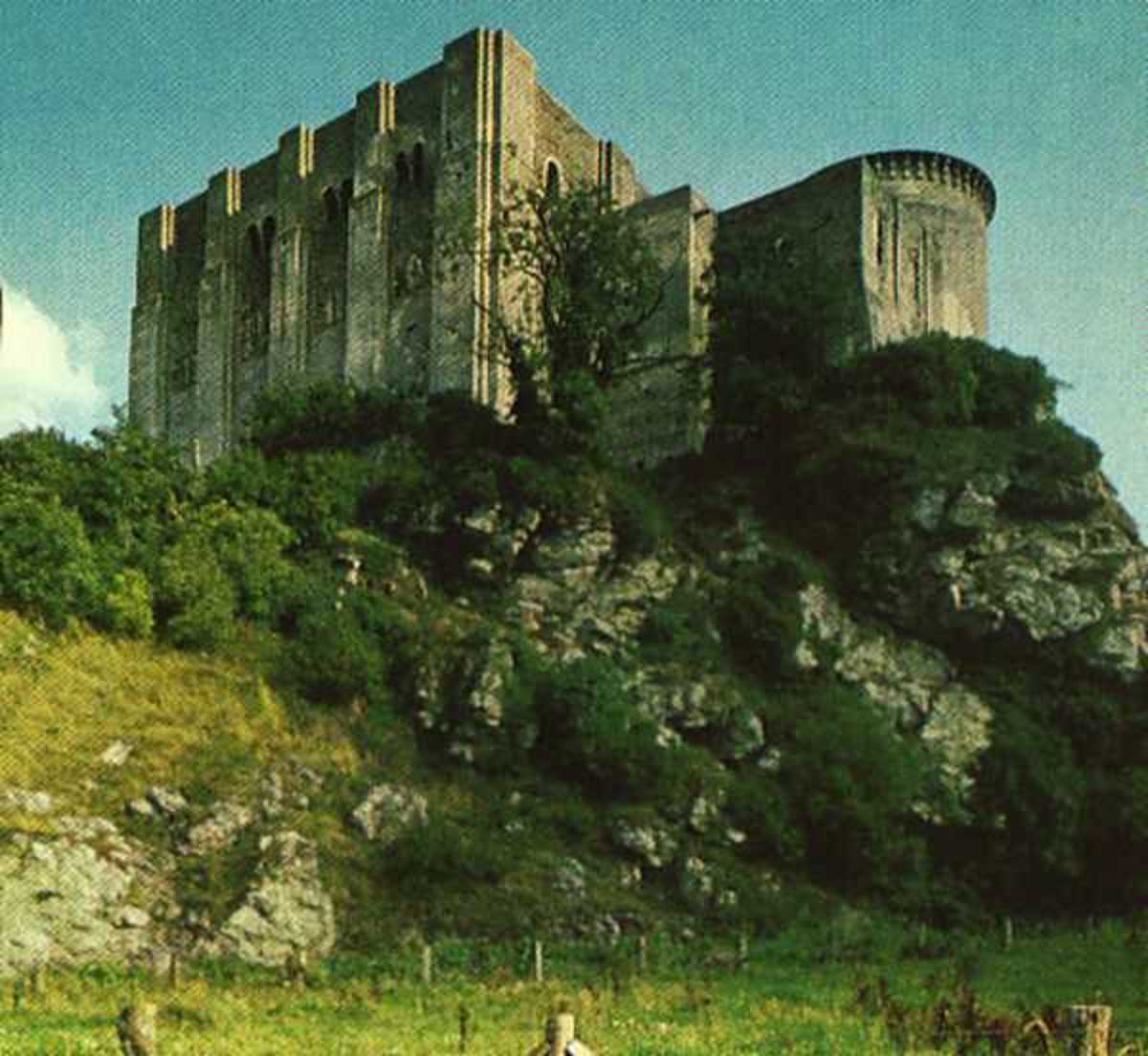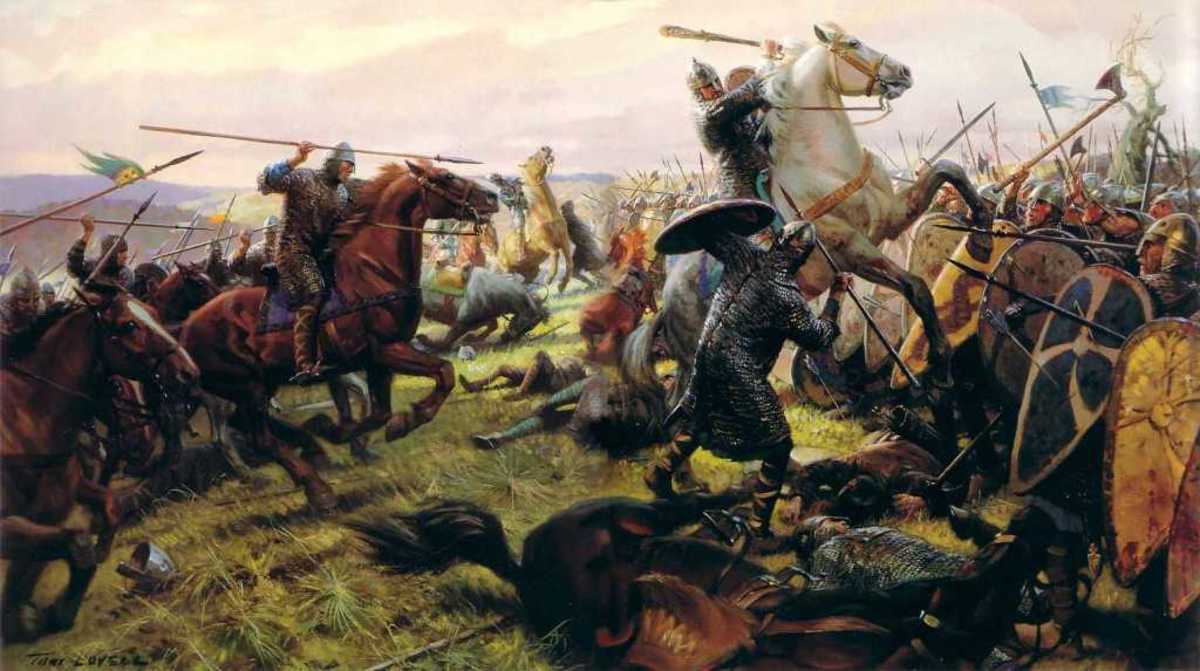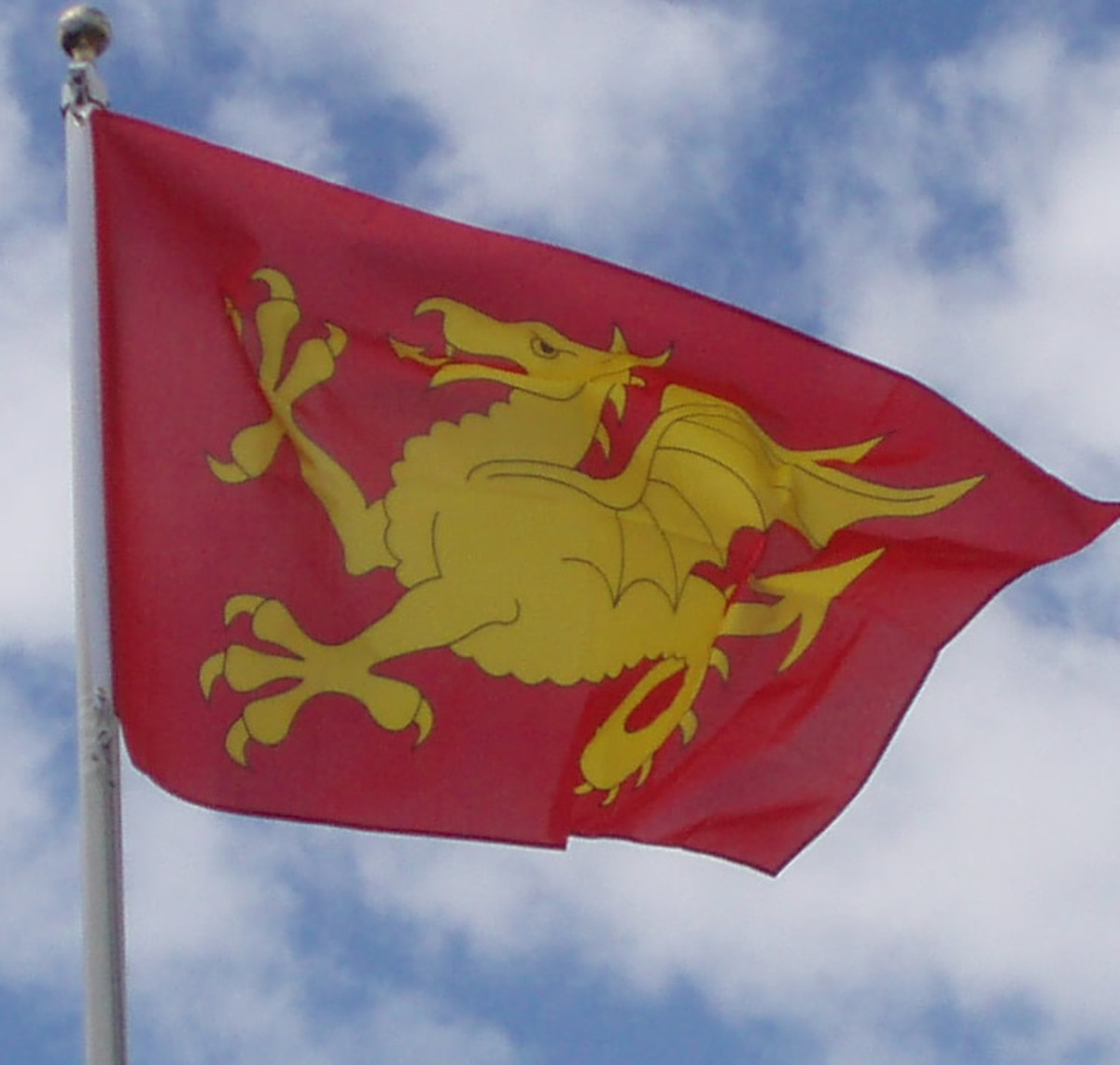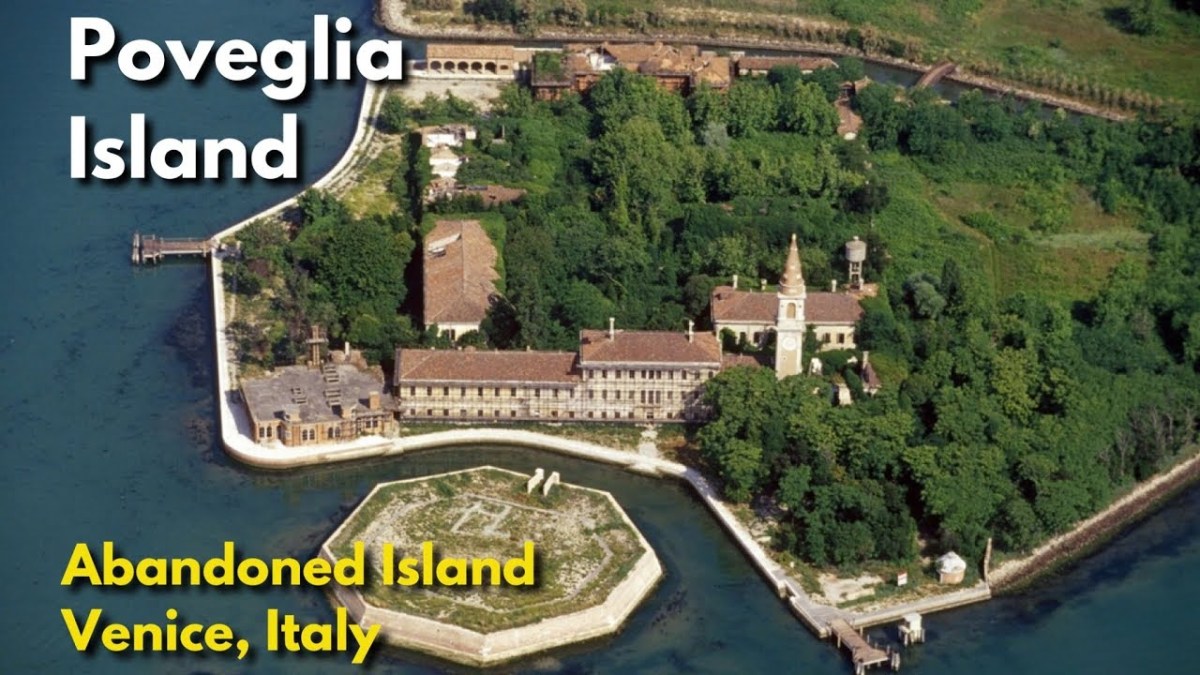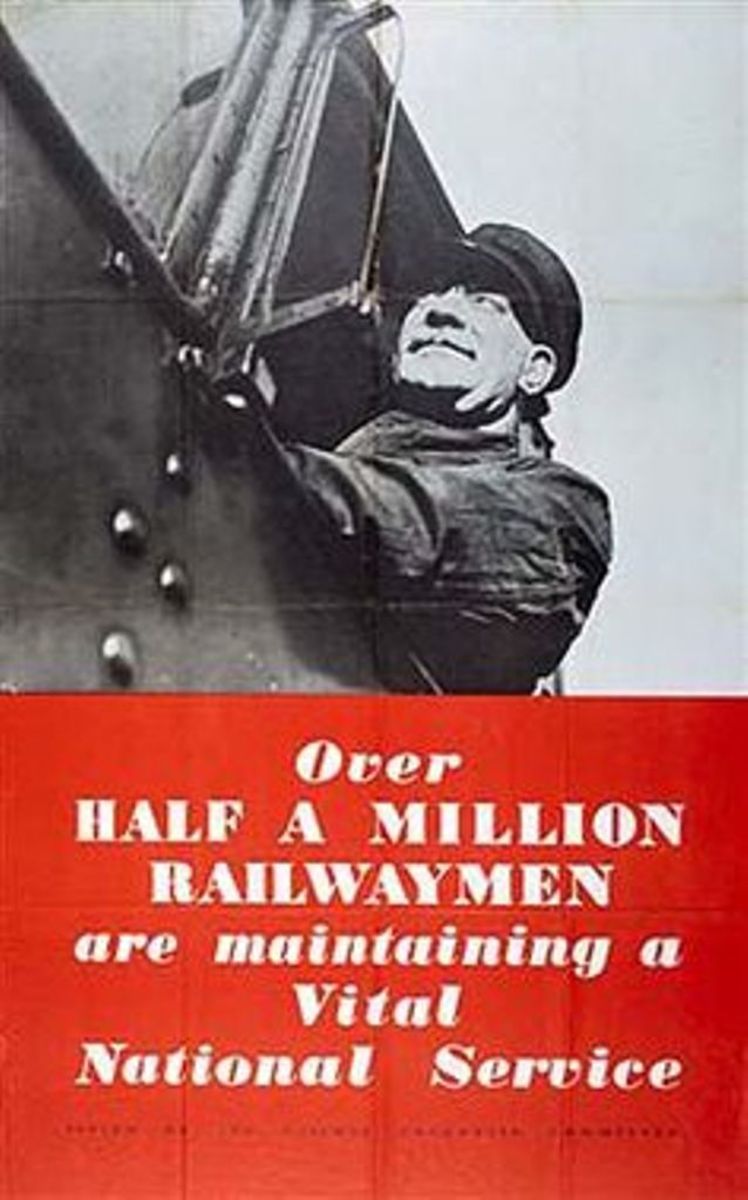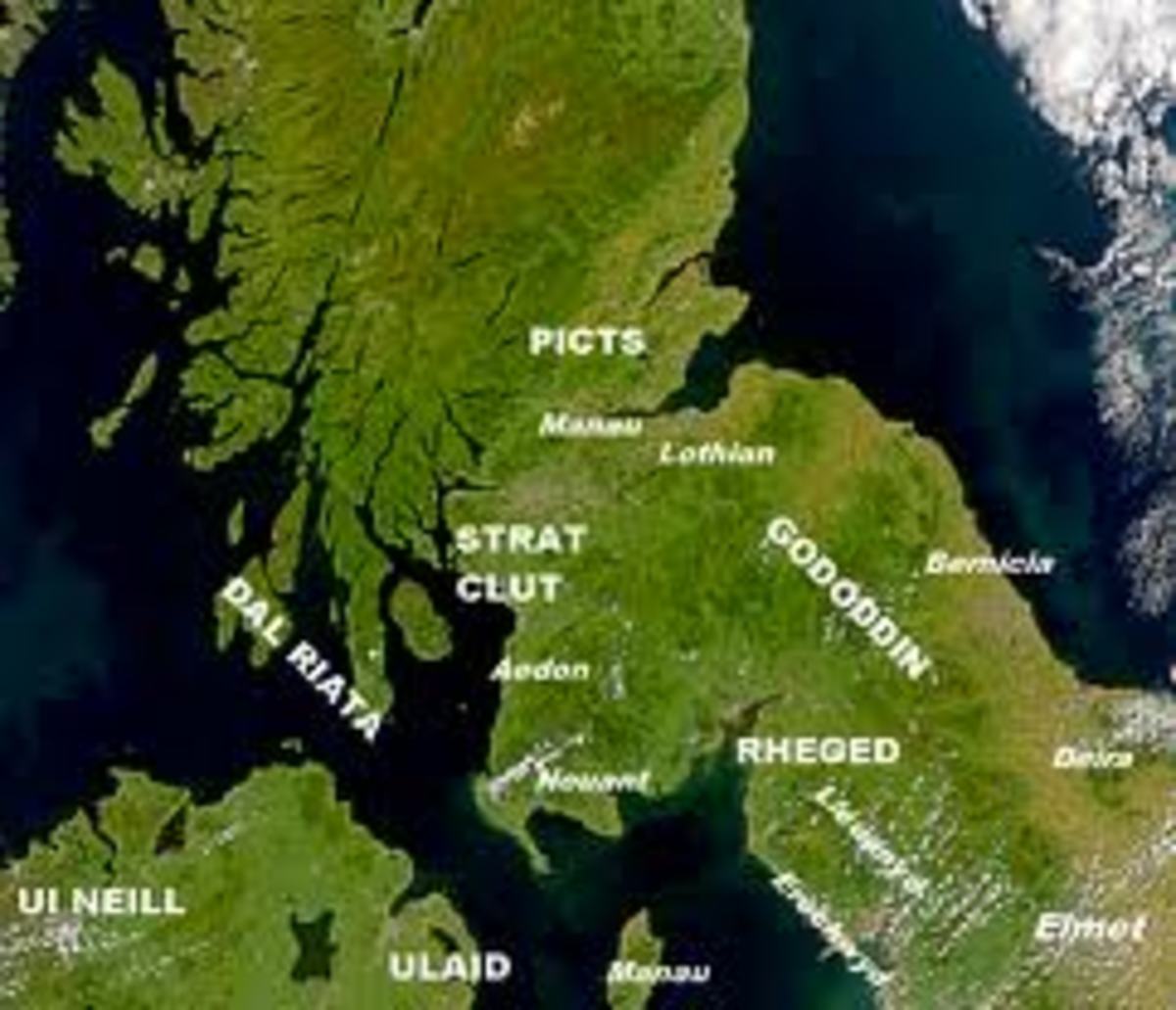- HubPages»
- Education and Science»
- History & Archaeology»
- History of Europe
Conquest - 25: A Norman Duke Thought He Should Be England's King. How Was That Remotely Possible?
'My kinsman Eadward told Robert of Jumieges that when he died the throne was mine!'
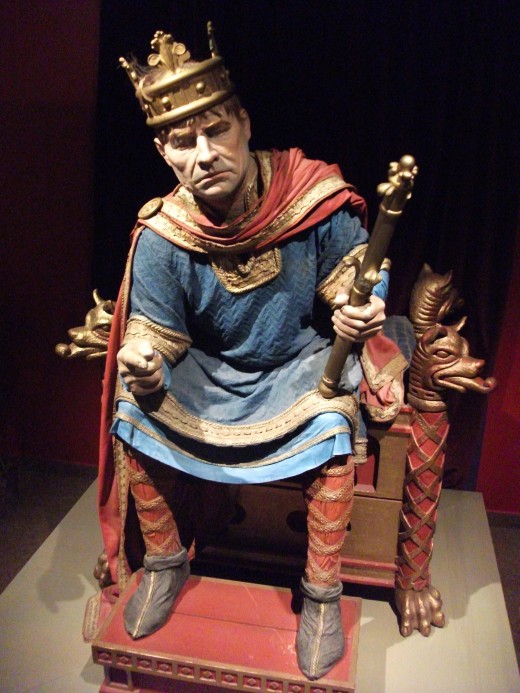
Norman sources on the era...
Robert of Jumieges and William of Poitiers would have us believe King Eadward nominated his kinsman Duke William for the kingship of England, in gratitude for hospitality during his years of exile.
Following his father Aethelred's death in AD1016, Eadward's half-brother Eadmund 'Ironside' had come to the throne, and Knut had offered a share in the kingdom, but Eadmund died of wounds sustained in battle at Assandun. Thus Knut of Denmark acceded to the English throne on his own and began a reign of seventeen years. Knut's son Harold 'Harefoot' ruled for a few years as regent for his half-brother Harthaknut, and then claimed the throne for himself in AD1041 when Harthaknut did not come to claim it. Finally Harthaknut showed, via Brugge in Flanders, not long after the death of Harold I. He then asked Eadward to come from Normandy to share the kingdom. Harthaknut died after breathing difficulties at a wedding feast given by Osgod 'Clapa', and Eadward succeeded as sole monarch, being crowned at Easter, AD1043...
His few non-English acolytes such as Robert of Jumieges and kinsmen Earl Ralph of Herefordshire and Count Eustace of Boulogne (his brother-in-law through sister Goda/Godgifu) were constantly in attendance at his court because he wanted them there. He did not really feel comfortable at court amongst his fellow Angles and Saxons, and sought the company of clerics and minor notables from across the Channel. They fulfilled a duty of one kind or another. Robert of Jumieges had been Bishop of London and was given the Archbishopric of Canterbury by Eadward on the death of Eadsige in October, AD1050. Robert's promotion to the archbishopric sparked a rift between Earl Godwin of Wessex and his son-in-law the king. Further disenchantment with the king's decisions was Eadward's insistence on Godwin punishing the townsfolk of Dover over a riot stage-managed by Eustace at Eadward's behest. Goldwin had been told by the king to punish Dover's menfolk for the deaths of some of Eustace's men when they tried to empty an inn of its paying guests so they could stay there on their way home. The apparent 'Normanisation' of Eadward's court was resented by many but the earls Leofric of Mercia and Siward of Northumbria also resented the meteoric rise of Earl Godwin of Wessex. They felt they could take care of the 'outsiders' themselves once Godwin had been 'seen off'.
On Godwin's return 1051 to Sandwich in Kent with men offered by Count Baldwin of Flanders, and on the return to him and his clan of their titles and possessions, Robert of Jumieges fled along with others including Eustace.
Yet Eadward had received no help from his Norman kinsmen to secure the throne. Richard, his Norman grandfather had planned an invasion on Eadward's behalf but Channel storms put paid to that. Robert, Emma's brother had merely extended his hospitality to his nephew, his own invasion on Eadward's behalf coming to nought also because of adverse winds. It was Harthaknut, Emma's son by Knut and Eadward's half-brother who offered a share in the rule of the kingdom after his half-brother Harold Knutsson's death. Yet Eadward later denied help to Harthaknut's kinsman when Earl Godwin asked for help for Svein Estrithsson in the face of Harald Sigurdsson's invasion of the Danish isles in AD1047.
The deposed Archbishop Robert had returned to Normandy with hostages surrendered by Godwin in AD1051 against the earl's good behaviour. Godwin's youngest son Wulfnoth and Svein Godwinson's son Hakon were taken by Robert as surety of Eadward's promise of the throne to Duke William.
Both William of Jumieges and William of Poitiers seized on this as 'proof' of their duke's right to 'Eadward's throne'. As it was Archbishop Robert may have only been listening with one ear whilst contemplating something else. His memory, when he reached the duke, played tricks on him. Be that as it may, it was enough for William to hear of the 'promise', however garbled the message might have been, to think of himself as his kinsman Eadward's true heir. By the time William began to pursue the goal Robert of Jumiege was long gone, but from then on it seems William readied himself for the inevitable.. Whatever it was, or whichever direction fate took him.
The duke was lucky. When William heard Harold had taken the crown on Eadward's death, he set in motion plans to invade 'his' kingdom to wrest it from the usurper's grasp. His barons and counts were at first unwilling to take on such an enterprise, however, but he won them over with offers of land and titles. The mention of earldoms for his closest followers may have rolled off the tongue more than once when addressing his higher-born nobles. He lost no time branding Harold as 'unholy' and vowed to the Pontiff Alexander in Rome about straightening out the English church (rules laid down by Rome had apparently laid down that clergymen up to archbishop were effectively 'wedded' to their calling, and should therefore not have wives and families like the laity).
William's household priest, the zealot Lanfranc would in time take over the English church as archbishop in 1071 and see to the reforms. Preparations went ahead throughout 1066, with mercenaries flocking to William's banners. His neighbour the Breton Count Alan 'the Black' allowed his kinsman and namesake Alan 'Fergant' ('Foxy') to take a large contingent of Bretons to help in the duke's invasion. The Frankish king Philippe I gave William men, as did the German emperor and the Normans in Apulia rode by way of Rome to take Alexander's papal banner (the gold cross keys) to William with the blessing of Robert Guiscard de Hauteville.
Ships were gathered, others built. Many were already available, but many more were needed and each count with coastal territory was given the task of providing them for the duke's large fleet. On September 12th the fleet left the small harbour of Dives sur Mer near the mouth of the Seine, but storms pushed them back onto the coast, wrecking many ships and killing many men. The corpses were quickly gathered in to still wagging tongues. The ships were now boxed in at St. Valery in Pointhieu, near Dieppe between the mouths of the Seine and Somme. William watched out for favourable winds and on September 28th they veered in his favour. The fleet put out again with him in his flagship, the 'Mora'.
The ships carried lanterns at their mast-heads with the intention of sailing in formation, within sight of one another, but still they were separated in the autumn mists. His invasion was threatened by Mother Nature herself. Some ships strayed into Dover, where the crews and men were slain by townsfolk. Most made landfall between Hastings and Pevensey. Portable, pre-fabricated 'castles' were quickly assembled at both havens and a 'bridgehead' was soon established.
Harold had withdrawn the southern fyrd late in the summer, stood them down after a long wait and hastened north to deal with the Norse invasion in Northumbria. Harald Sigurdsson with over fifteen-score ships and Tostig Godwinson - his own brother - with the few ships he had left after summer desertions when his landings went wrong. He had been raiding along the south and east coasts and had been rebuffed finally on the coast of Lindsey (northern Lincolnshire, formerly part of the Danelaw) by a large fyrd under Earl Eadwin of Mercia.
When William landed on the South Saxon shore (Sussex) in late September Harold was celebrating his surprise victory in the Earlsburh at York (formerly the Roman governor's palace, the site is now a car park at Marygate). He gathered together those of his men who had mounts - the fit and the walking wounded - and with his brother Gyrth, earl of East Anglia set off for London soon after learning of William's landing. Word would have reached William of Harold's victory at Stamford Bridge near York on September 25th, but the duke may not have been easily impressed. He may not have rated either Harald Sigurdsson or Tostig Godwinson very highly.
A week in London after first stopping off to pray at Waltham Church would allow Harold time to rest and send out riders to carry word that he needed more men for the fight against William. On or around October 12th he set off again for the south.coast. The meeting place would be the Hoar Apple Tree near the southern edge of the Andreds Weald above Hastings. Men from across several Hundreds came from as far afield as the Wessex Homelands - Hampshire, Berkshire, Dorset and western Sussex. On the evening of Friday October 13th Harold camped at Caldbec Hill and awaited both his fyrdmen and William. It was only about two weeks since he set off south from York. During the night, unbeknown to Harold, William's scouts saw the Saxons' campfires and reported back. The duke took his army from the coast and set his line at the base of Telham Hill by early morning, opposite Harold's atop Caldbec Hill. By the time William showed up the fyrd and Harold's own huscarls would have been fully aware of what was happening across the small marshy-bottomed valley.
On Telham Hill, on the morning of October 14th, AD1066 the Bretons stood to William's left, led by Alan 'Fergant'. In the centre of the line were the Normans and to their right his Frankish allies along with the obligatory Flemings sent by Count Baldwin. At nine in the morning the bell in the small nearby chapel rang 'terce'. To soften up his foe William's bowmen loosed off an initial hail of arrows his 'flecheurs' (origins of the name Fletcher) had prepared since landing about two-and-a-half weeks earlier. The Bretons were then sent in, routed by a hail of thrown weapons and fled the hill chased by local fyrdmen and their thegns. William then sent in his cavalry with lances and maces to stem the Breton rout, isolated those South Saxon fyrdmen who had broken from the shieldwall and wiped them out as they tried to defend themselves on a hillock for a short time.
Later in the fighting the Normans feared William's death - he had two horses killed from under him including the black stallion given him by King Alfonso of Asturias - until he raised his helmet to show he was still with them. When his men had pulled back again and again and the fyrdmen came running down the hill after them he realised it was not just a fluke that they pursued their foes back down the slope. They were not properly trained or disciplined like the huscarls atop the hill or their near northern neighbours - nor even as well as the northern fyrdmen who had fought the Norsemen two weeks earlier. William would use further 'routs' as a ruse to draw them, thus weakening the shieldwall.
By late afternoon the issue was still unresolved. William was desperate to bring the battle to a close. If he did not then his own position might yet prove untenable. He was, after all, the prime mover for this invasion and the blame for its failure would fall squarely on his shoulders. He drew the South Saxon fyrdmen again and again ('once your neighbour chases off downhill you have little choice but to chase off with him in the hope of frightening the enemy with the force of your charge').
[Had Harold taken his time as his mother and brothers urged - and Tostig would have counselled (Harold would have paid more heed to Tostig) - discipline could have broken down in William's camp. He had forbidden his men from despoiling the surrounding area beyond a few miles from the coast. Food was probably running low and the harvest would not have supported so many men after Harold's fyrdmen had only dispersed a month or so earlier when he left for the north. The mercenaries may have got out of hand, and faced with mutiny William could have easily been defeated. Sileage for the horses would soon have run out, the men gone hungry and - as Napoleon said seven centuries later, 'an army marches on its stomach' - Hastings would have been a fracas for William and he may have been deposed there and then. End of story. As it was...]
The Normans and their allies gained the hilltop before light went altogether. Earl Gyrth and his younger brother Earl Leofwin were long dead, the shieldwall was in tatters, Harold injured in one eye and - half-blinded by bindings applied by the Brothers of Waltham across his brow - he would have been blind-sided by Eustace of Boulogne, Hugh of Pointhieu and Walter Giffard. In the words of the Carmen de Hastingae Proelio, an account of the battle:
'[The duke] called Eustace to his side, handing over command of the fighting in that area to the Franks and went on to give succour to those who had been slaughtered [by Harold]. Keen to do his duty, as if he had been of the race of Hector, Hugh the noble heir to Pointhieu, went with them. The fourth was Giffard, who inherited his name from his dather. By the use which they made of their weapons, hese four between them brought about the king's death... With the point of his lance the first (William?) pierced Harold's shield and then entered his chest, soaking the earth with his blood, which poured out in a stream. With his sword the second [Eustace] cut off his head, just below where his helm protected him. The third [Hugh] disembowelled him with his lance. The fourth [Giffard] hacked off his leg at the thigh and hurled it far. Struck down in this way his dead body lay on the ground'.
In truth Giffard is known to have incurred William's wrath by hacking off Harold's manhood and was sent home in disgrace along with Hugh of Pointhieu. Eustace was not in William's good books, either, having refused him one of his remounts in the heat of battle.
The altar of Battle Abbey was built on the site of Harold's slaying until Henry VIII had the abbey destroyed in the XVIth Century. On the anniversary of the battle each year flowers are left at the site of the altar in Harold's memory, as they are at the site of the high altar at Waltham (another church that was very nearly torn down on Henry's orders until the townsfolk of Waltham let it be known they would have no church to worship in. The site at Waltham where the altar had been is marked by a large engraved stone. Harold has rested well down the centuries , unlike William, whose interment has been anything but peaceful at the Abbaye aux Hommes in Caen. But that is another story, covered in another Hub page and on a Google Blog page.
Three men fought for a crown only one would wear into the New Year, 1067
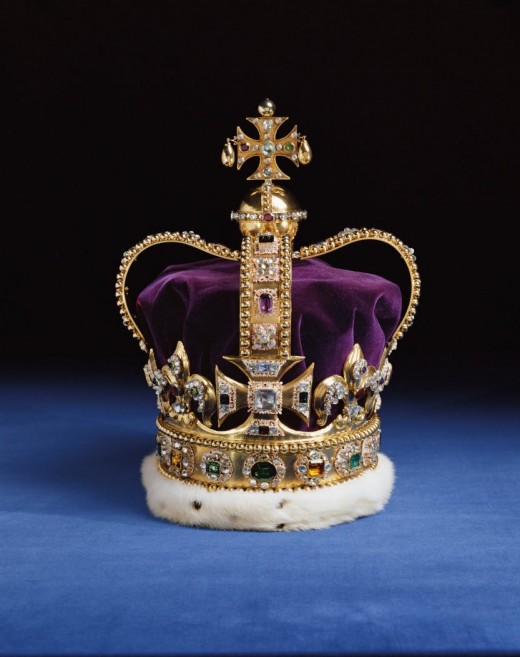
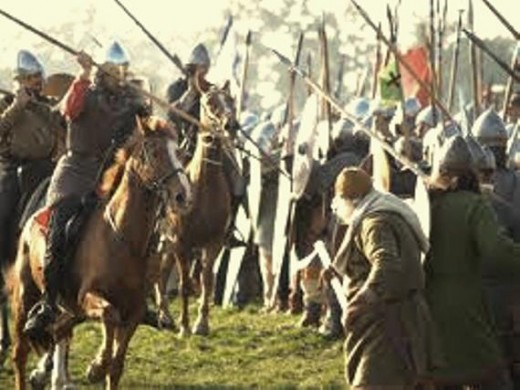
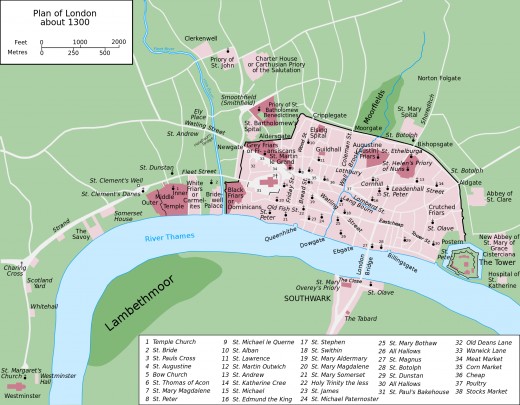
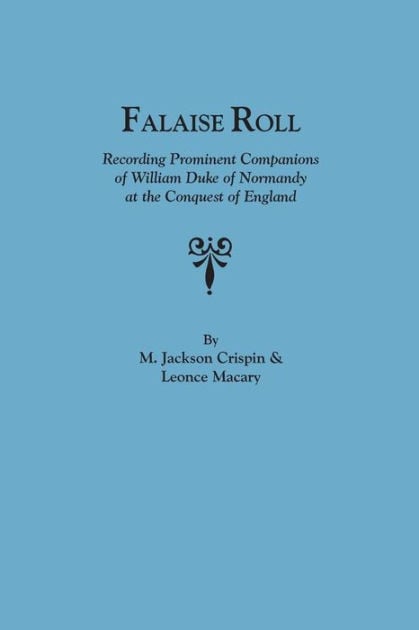
'The Falaise Roll', William's closest confidants, the trusted circle. Some paid with their lives, like Osbern, his father's steward and William fitzOsbern, rewarded with huge tracts of land in England. Look into his environment in the light of constant uprising against his dukedom in Normandy before the September 1066, expedition and oppressive occupation that claimed more Norman and allied lives.
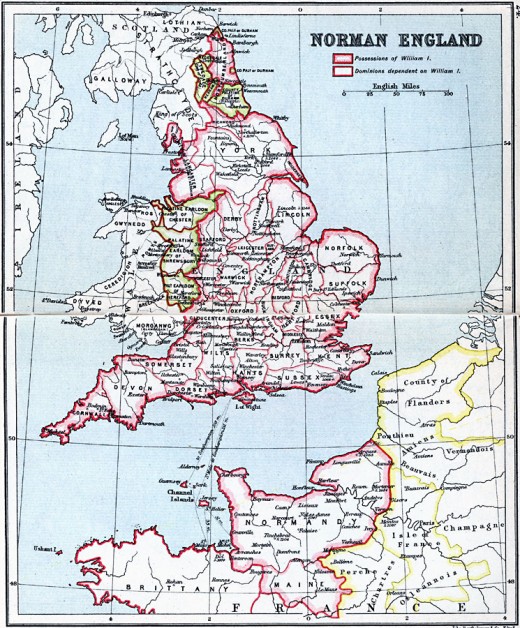
Tapestry country
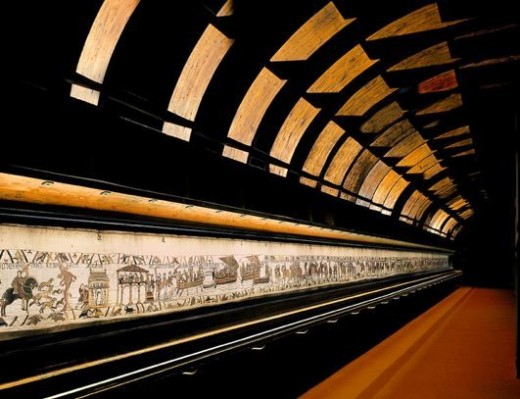
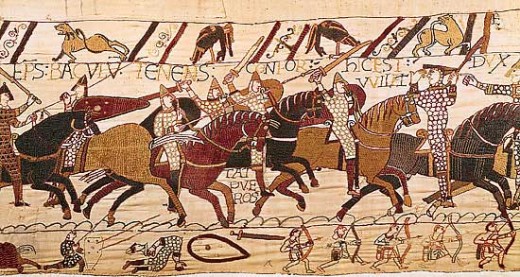
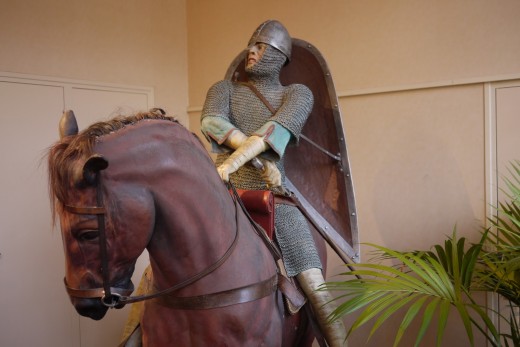
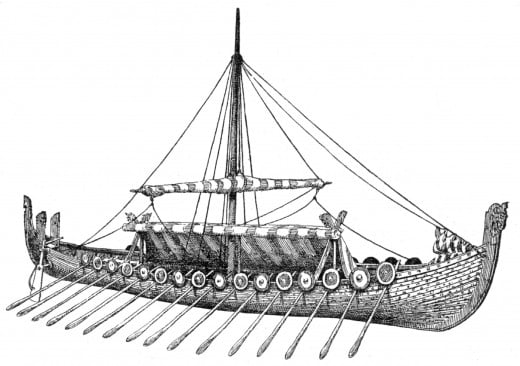
© 2012 Alan R Lancaster
